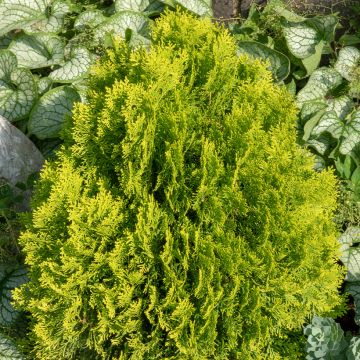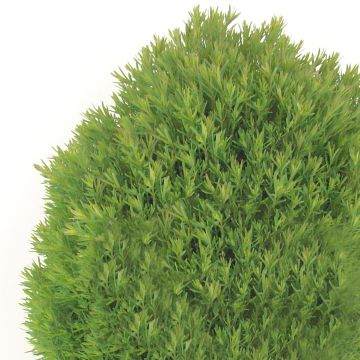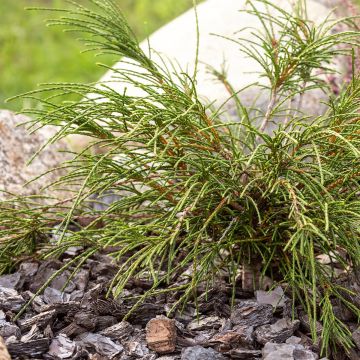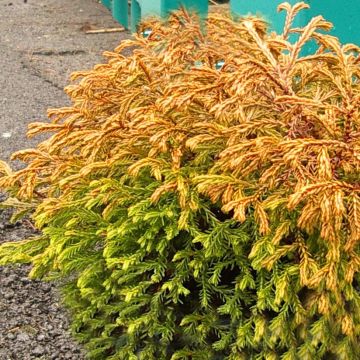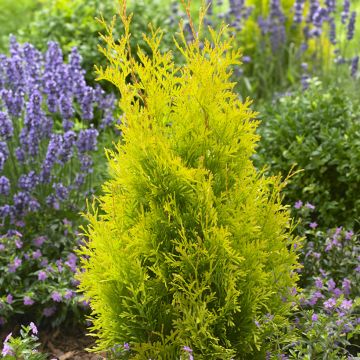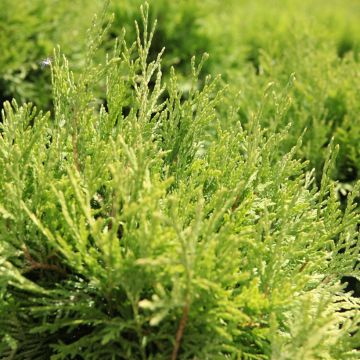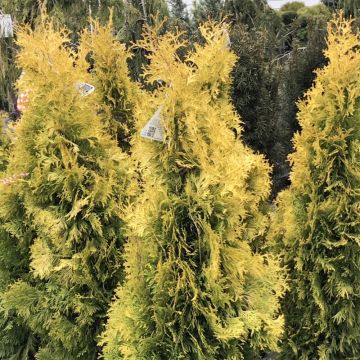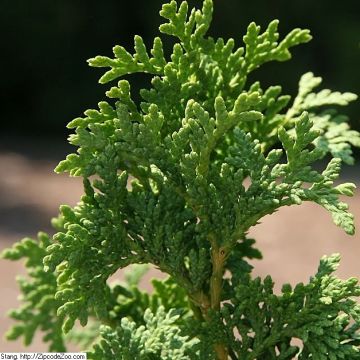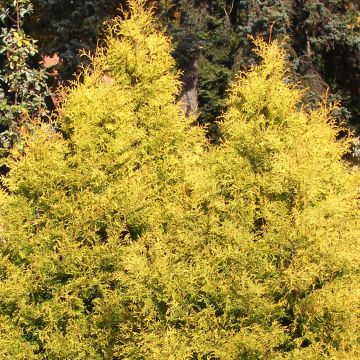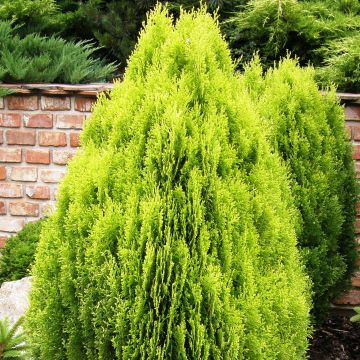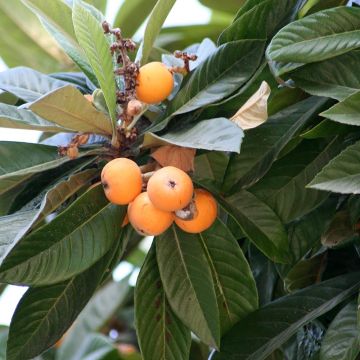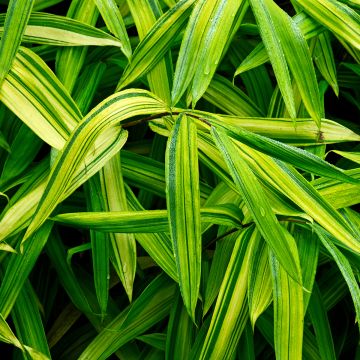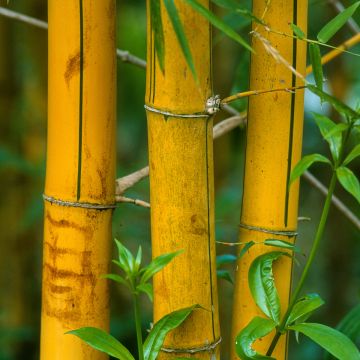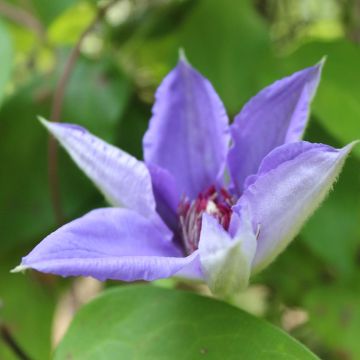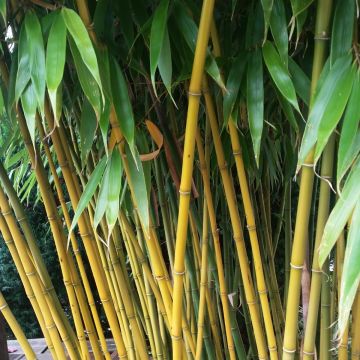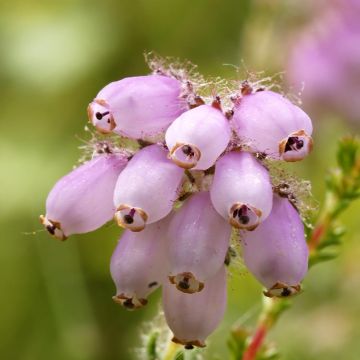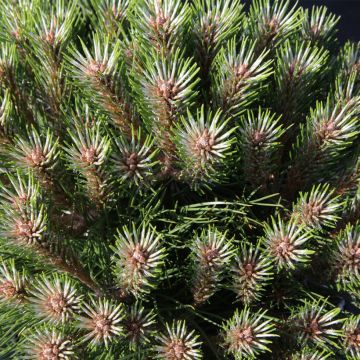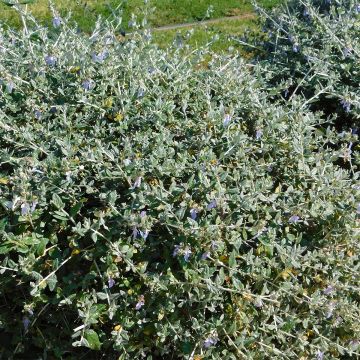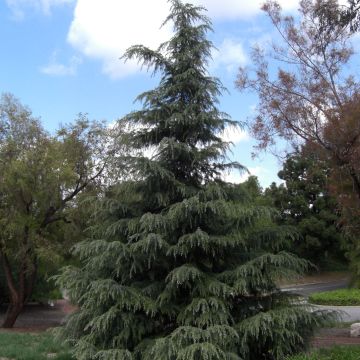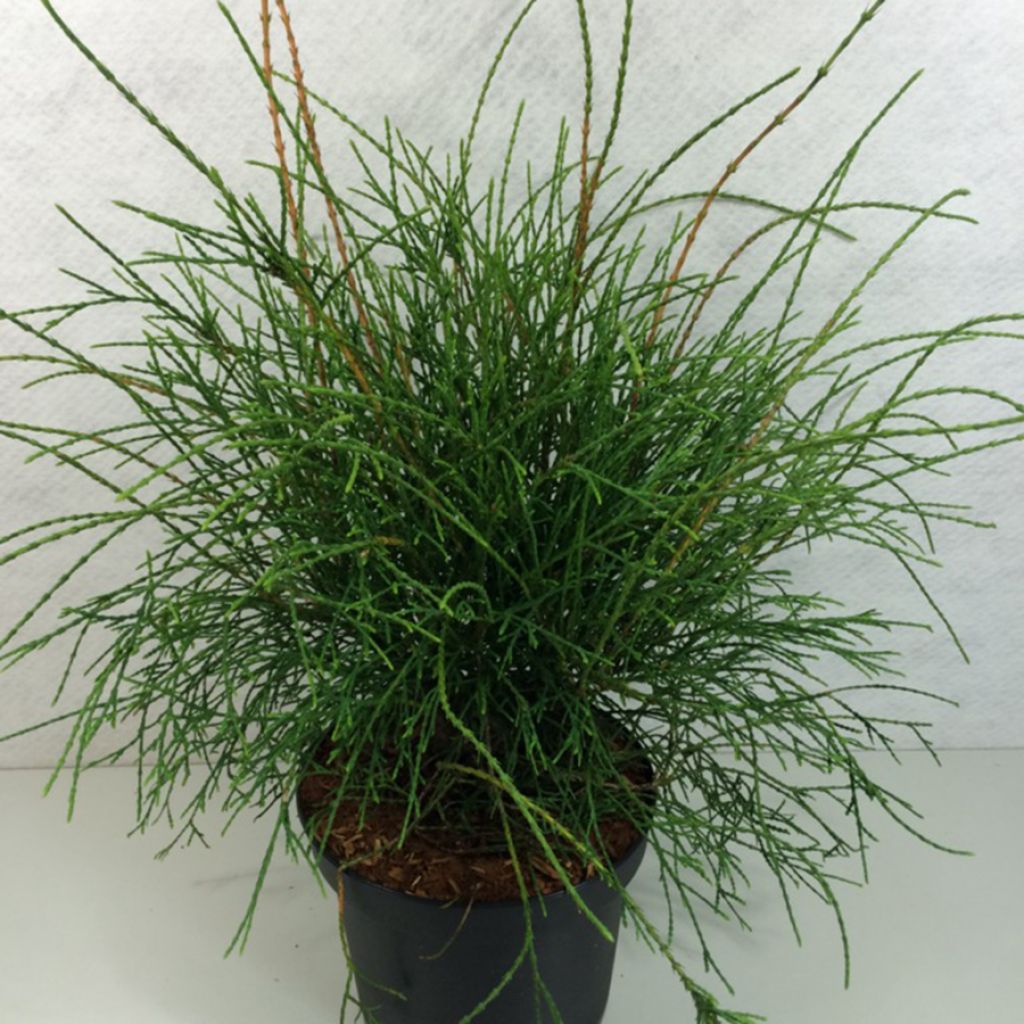

Thuja occidentalis Filiformis - Thuya du Canada
Thuja occidentalis Filiformis - Canadian Arborvitae
Thuja occidentalis Filiformis
Eastern White Cedar, Northern White Cedar, American Arborvitae, Eastern Arborvitae
This item cannot be shipped to the selected country
Delivery charge from €5.90
More information
Schedule delivery date,
and select date in basket
This plant carries a 24 months recovery warranty
More information
We guarantee the quality of our plants for a full growing cycle, and will replace at our expense any plant that fails to recover under normal climatic and planting conditions.
From €5.90 for pickup delivery and €6.90 for home delivery
Express home delivery from €8.90.
Does this plant fit my garden?
Set up your Plantfit profile →
Description
Airy and surprising, the Thuja occidentalis 'Filiformis' is an extraordinary Canadian thuja with a delicate and romantic personality. It forms a beautiful bush with a rather unruly habit, rather arborescent, covered with light and fine vegetation, which seems frayed. Tender green in spring, its weeping branches that sometimes touch the ground turn green-yellow in summer, before turning bronze in winter. Its modest size allows it to fit in a small garden, alone or happily associated with flowering shrubs. It is a very hardy conifer, not demanding on soil type. It can tolerate a moderately dry, even poor and chalky, well-drained soil, but requires a very sunny exposure that will densify its foliage.
The Thuja occidentalis, also known as Eastern Arborvitae or White Cedar, is sometimes called the Canadian White Cedar or Broom. It is an evergreen conifer of the cypress family native to northeastern North America. It is distributed over a vast geographical area that perfectly reflects the plasticity of its living conditions, from swamps to cliffs, hostile environments that discourage many other competing species. In nature, it reaches a height of 15 to 20 m (49 to 66ft), adopting a beautiful conical habit, and a trunk covered with a very decorative, reddish-brown peeling bark. It is a very hardy species, very well adapted to temperate climates and poor, humid or occasionally dry soils. Its almost rot-proof, lightweight, fragrant and easily flammable wood lends itself to many uses. It has given rise to more than 300 cultivars that have been selected for their ornamental qualities.
The 'Filiformis' variety, rarely used in our gardens, stands out for its modest size, its slightly anarchic, broadly cone-shaped habit, with a weeping crown carried by a ramified trunk. It also exhibits a very unusual foliage for a thuja. At maturity, it will reach about 2.3 m (7ft) in height with a spread of 1.1 to 1.5 m. This conifer has an aromatic foliage when crushed, consisting of loose bunches of very weeping, flattened branches, covered with scale-like leaves 3 to 5 mm long. Imbricated in each other, the leaves give the twigs a flat appearance. The foliage is tender green and shiny in spring, acidic green to yellowish green in summer, then it takes on a dark green color largely tinged with bronze in winter. The cones, slender, brown at maturity, are 8 to 12 mm (1in) long and 4 to 5 mm (<1in) wide, composed of 4 or 5 scales.
The 'Filiformis' Western Thuja, with its exceptional ornamental qualities and ease of cultivation, deserves to be more frequently planted. Very undemanding, it adapts to everything except dense shade and waterlogged soils. Its airy and slightly blurry silhouette seems lively, full of lightness, destined to enhance any flowerbed. It can be adopted without hesitation alone in a small garden, on a large slope or among rocks. It can also be installed near a body of water. The graphic qualities of conifers naturally attract themselves to the design of a contemporary garden, which prefers the aesthetics of shapes, silhouettes and textures over the waltz of blooms. These plants, with their reassuring permanence, durably structure a flowerbed, mark the paths, border the terrace, easily replacing the strong presence of trimmed boxwood or holly. They go well with mahonias or disheveled grasses with a very complementary temperament. The key is to play with volumes and colors.
Report an error about the product description
Thuja occidentalis Filiformis - Canadian Arborvitae in pictures
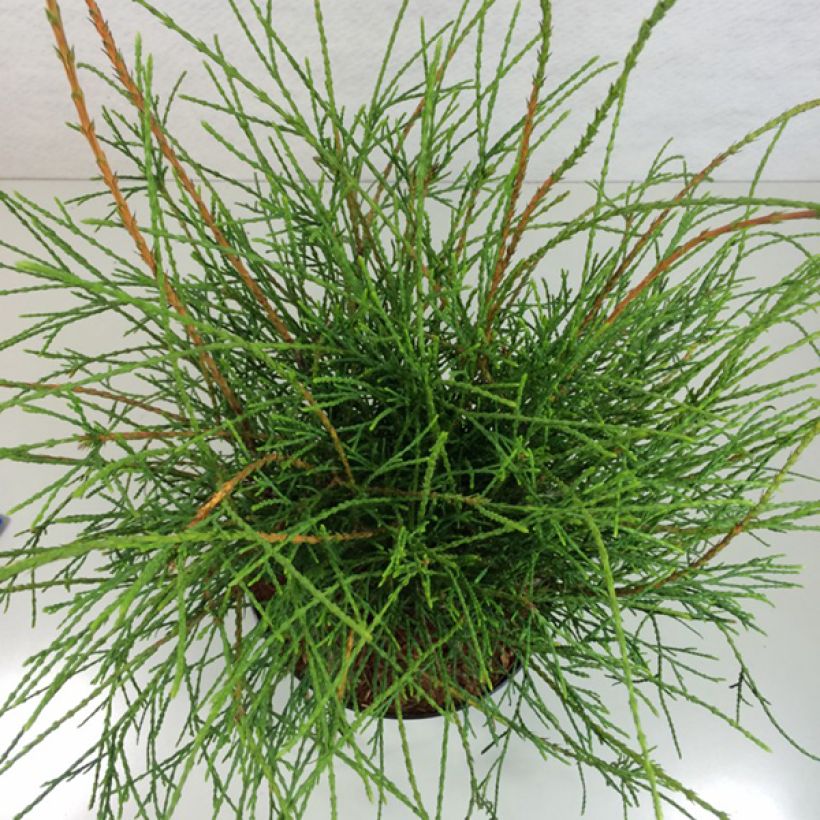

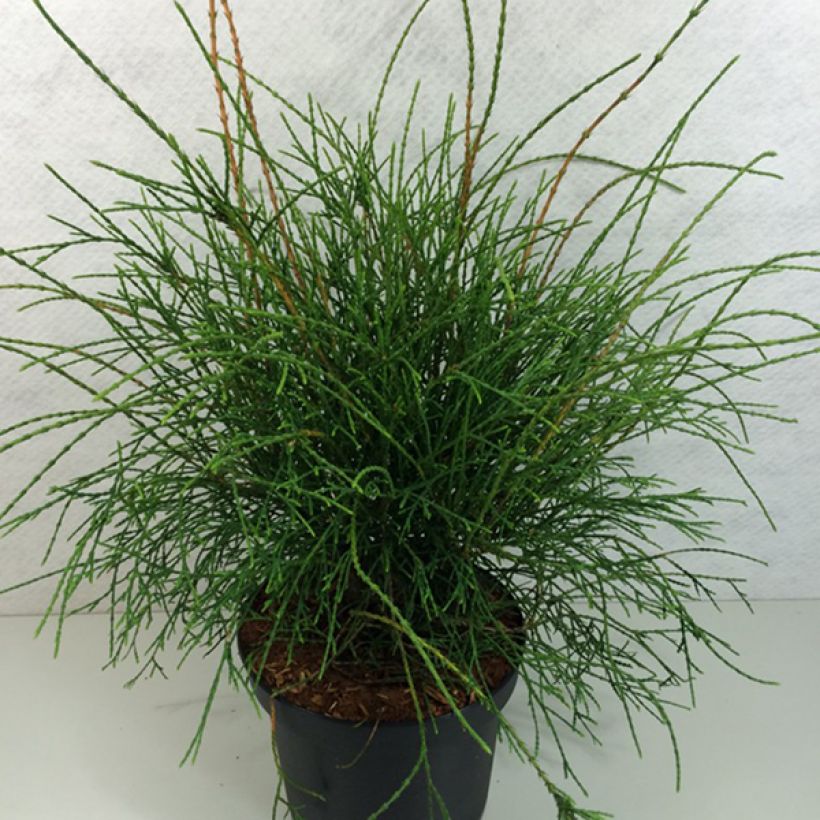

Plant habit
Foliage
Botanical data
Thuja
occidentalis
Filiformis
Cupressaceae
Eastern White Cedar, Northern White Cedar, American Arborvitae, Eastern Arborvitae
Cultivar or hybrid
Other Thuya - Thuja
Planting and care
The Thuja occidentalis 'Filiformis' is planted from September to November and from February to June in deep, ordinary, but loose and not too heavy soil, neutral or even limestone, not too dry to moist. Its preference goes to loamy soils, slightly limestone. It only fears hot temperatures and prolonged drought, even though it tolerates occasional summer drought. On the other hand, it requires a sunny exposure (or semi-shade in hot climates) to develop well and produce denser foliage. Soak the root balls well before planting. Optionally, add organic amendment to the planting and water generously in the first few years and in case of prolonged drought. In very poor soil, you can apply a special conifer fertilizer every year in April and weed the soil in summer. This hardy conifer (up to -25°C (1°F) at least) does not require pruning.
Planting period
Intended location
Care
This item has not been reviewed yet - be the first to leave a review about it.
Evergreen shrubs
Haven't found what you were looking for?
Hardiness is the lowest winter temperature a plant can endure without suffering serious damage or even dying. However, hardiness is affected by location (a sheltered area, such as a patio), protection (winter cover) and soil type (hardiness is improved by well-drained soil).

Photo Sharing Terms & Conditions
In order to encourage gardeners to interact and share their experiences, Promesse de fleurs offers various media enabling content to be uploaded onto its Site - in particular via the ‘Photo sharing’ module.
The User agrees to refrain from:
- Posting any content that is illegal, prejudicial, insulting, racist, inciteful to hatred, revisionist, contrary to public decency, that infringes on privacy or on the privacy rights of third parties, in particular the publicity rights of persons and goods, intellectual property rights, or the right to privacy.
- Submitting content on behalf of a third party;
- Impersonate the identity of a third party and/or publish any personal information about a third party;
In general, the User undertakes to refrain from any unethical behaviour.
All Content (in particular text, comments, files, images, photos, videos, creative works, etc.), which may be subject to property or intellectual property rights, image or other private rights, shall remain the property of the User, subject to the limited rights granted by the terms of the licence granted by Promesse de fleurs as stated below. Users are at liberty to publish or not to publish such Content on the Site, notably via the ‘Photo Sharing’ facility, and accept that this Content shall be made public and freely accessible, notably on the Internet.
Users further acknowledge, undertake to have ,and guarantee that they hold all necessary rights and permissions to publish such material on the Site, in particular with regard to the legislation in force pertaining to any privacy, property, intellectual property, image, or contractual rights, or rights of any other nature. By publishing such Content on the Site, Users acknowledge accepting full liability as publishers of the Content within the meaning of the law, and grant Promesse de fleurs, free of charge, an inclusive, worldwide licence for the said Content for the entire duration of its publication, including all reproduction, representation, up/downloading, displaying, performing, transmission, and storage rights.
Users also grant permission for their name to be linked to the Content and accept that this link may not always be made available.
By engaging in posting material, Users consent to their Content becoming automatically accessible on the Internet, in particular on other sites and/or blogs and/or web pages of the Promesse de fleurs site, including in particular social pages and the Promesse de fleurs catalogue.
Users may secure the removal of entrusted content free of charge by issuing a simple request via our contact form.
The flowering period indicated on our website applies to countries and regions located in USDA zone 8 (France, the United Kingdom, Ireland, the Netherlands, etc.)
It will vary according to where you live:
- In zones 9 to 10 (Italy, Spain, Greece, etc.), flowering will occur about 2 to 4 weeks earlier.
- In zones 6 to 7 (Germany, Poland, Slovenia, and lower mountainous regions), flowering will be delayed by 2 to 3 weeks.
- In zone 5 (Central Europe, Scandinavia), blooming will be delayed by 3 to 5 weeks.
In temperate climates, pruning of spring-flowering shrubs (forsythia, spireas, etc.) should be done just after flowering.
Pruning of summer-flowering shrubs (Indian Lilac, Perovskia, etc.) can be done in winter or spring.
In cold regions as well as with frost-sensitive plants, avoid pruning too early when severe frosts may still occur.
The planting period indicated on our website applies to countries and regions located in USDA zone 8 (France, United Kingdom, Ireland, Netherlands).
It will vary according to where you live:
- In Mediterranean zones (Marseille, Madrid, Milan, etc.), autumn and winter are the best planting periods.
- In continental zones (Strasbourg, Munich, Vienna, etc.), delay planting by 2 to 3 weeks in spring and bring it forward by 2 to 4 weeks in autumn.
- In mountainous regions (the Alps, Pyrenees, Carpathians, etc.), it is best to plant in late spring (May-June) or late summer (August-September).
The harvesting period indicated on our website applies to countries and regions in USDA zone 8 (France, England, Ireland, the Netherlands).
In colder areas (Scandinavia, Poland, Austria...) fruit and vegetable harvests are likely to be delayed by 3-4 weeks.
In warmer areas (Italy, Spain, Greece, etc.), harvesting will probably take place earlier, depending on weather conditions.
The sowing periods indicated on our website apply to countries and regions within USDA Zone 8 (France, UK, Ireland, Netherlands).
In colder areas (Scandinavia, Poland, Austria...), delay any outdoor sowing by 3-4 weeks, or sow under glass.
In warmer climes (Italy, Spain, Greece, etc.), bring outdoor sowing forward by a few weeks.

































